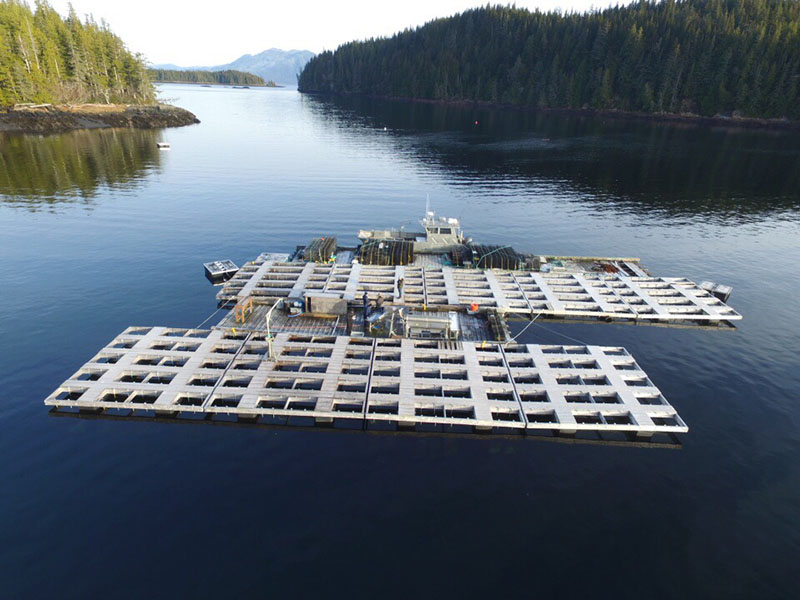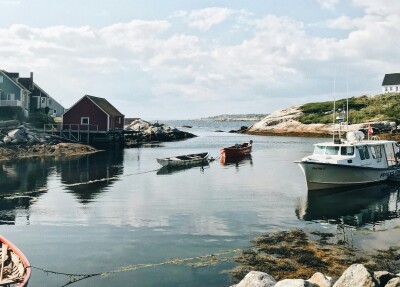Home grown shellfish and kelp are gaining momentum in Alaska, spurred on by growing markets and the steadfast push by Governor Walker’s visionary mariculture task force.
Applications for more than 1,000 acres of oyster and kelp farms were filed with the Department of Natural Resources by the April 30 deadline, far more than usual. Fifteen are for new farms in the Southeast, Southcentral and Westward regions of which seven plan to grow kelp exclusively. Two farms at Klawok also are adding kelp to their current oyster growing operations.
“These permit applications are an indicator that there is developing interest and growth in the mariculture industry in Alaska,” said Linda Mattson with the Dept. of Commerce, Community and Economic Development upon announcing the numbers.
Along with other state agencies, DCCED is an active part of the 11 member Alaska Mariculture Task Force established by an Administrative Order in 2016. The group’s mission is to provide Governor Walker with a comprehensive report for statewide mariculture expansion by March 1 of next year. Walker believes mariculture of shellfish and seaweeds is a viable means to diversify the economy and provide a $1 billion economy within 30 years.
“The timing is right,” said task force co-chair Julie Decker of Wrangell. “It’s exciting that many of the applicants are young Alaska fishermen who are planning to have kelp be an adjunct to help diversify their fishing portfolio. Plus, shellfish are filter feeders and clean the waters and seaweed are a carbon sink and also produce really healthy products. I think we’re on a good path.”
For existing aquatic farmers who are growing shellfish, kelp can provide them with a ready cash flow while they are waiting for up to three years for their bivalve crops to ripen.
“Kelp only take about 90 days to grow so you can stagger your plantings and lengthen your seasons,” Decker added.
Latest data from the Alaska Dept. of Fish and Game show that 54 aquatic farms, seven shellfish nurseries and two shellfish hatcheries are operating in Alaska, primarily growing Pacific oysters, with sales topping $1 million in 2014 and 2015. Production in 2015 of 10.6 million oysters fetched an average price of $9.84 per dozen, up $0.24 (2.5 percent) from 2014.
“If just three-tenths of a percent of Alaska’s 35,000 miles of coastline was developed for oysters,” Decker said, “it could produce 1.3 billion oysters at 80 cents adding up to over $1 billion a year!”
For blue mussels, production in 2015 showed a 74 percent increase to 16,688 pounds with a value of $5.27 per pound (down $0.47 from 2014) for a total of $70,800.
In terms of the fledgling kelp industry, a first 15,000 pound harvest last month on a one acre plot at Kodiak owned by Nick and Stephanie Mangini paid out at roughly $10,000. Their business, Kodiak Island Sustainable Seaweed (KISS), plans to expand to 17 acres by next year.







